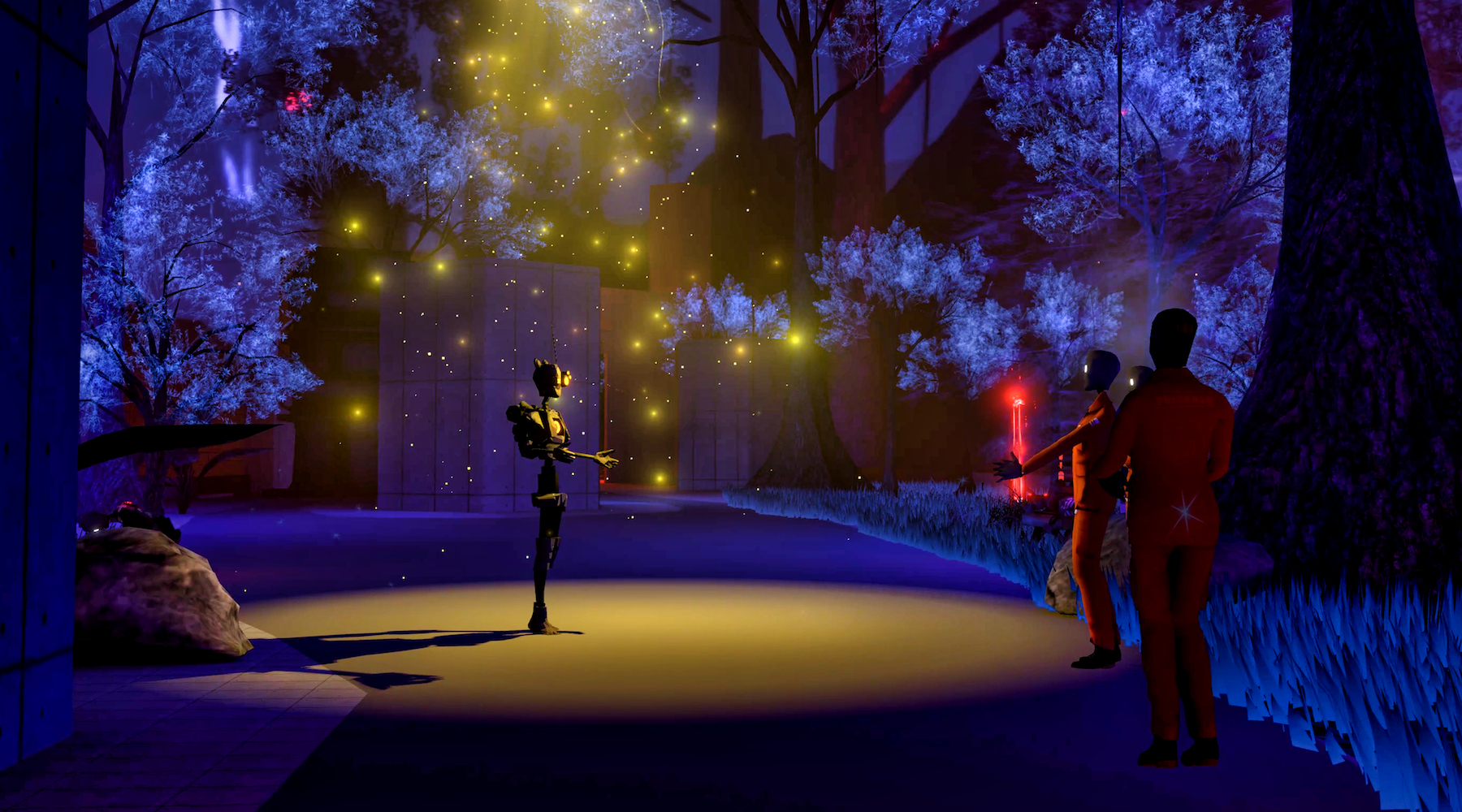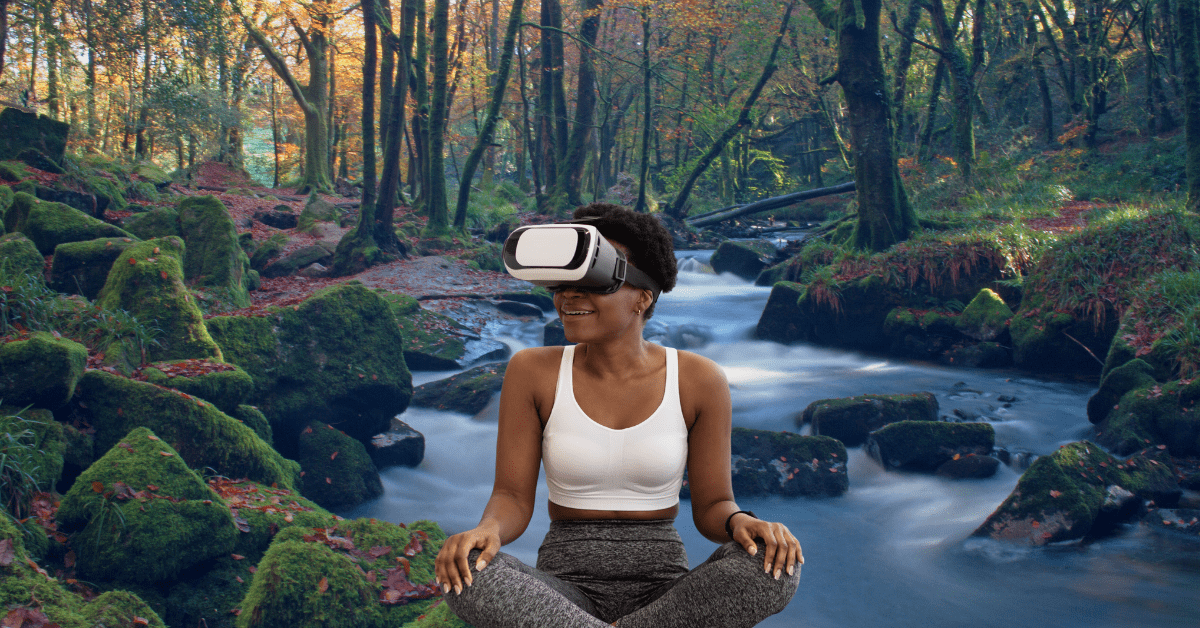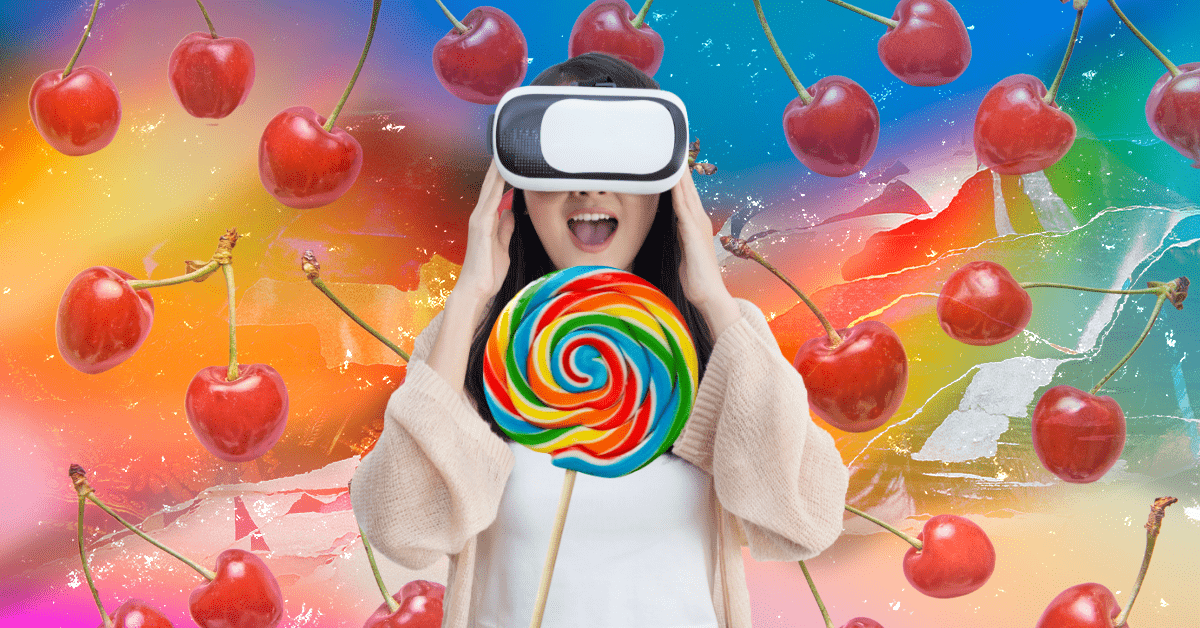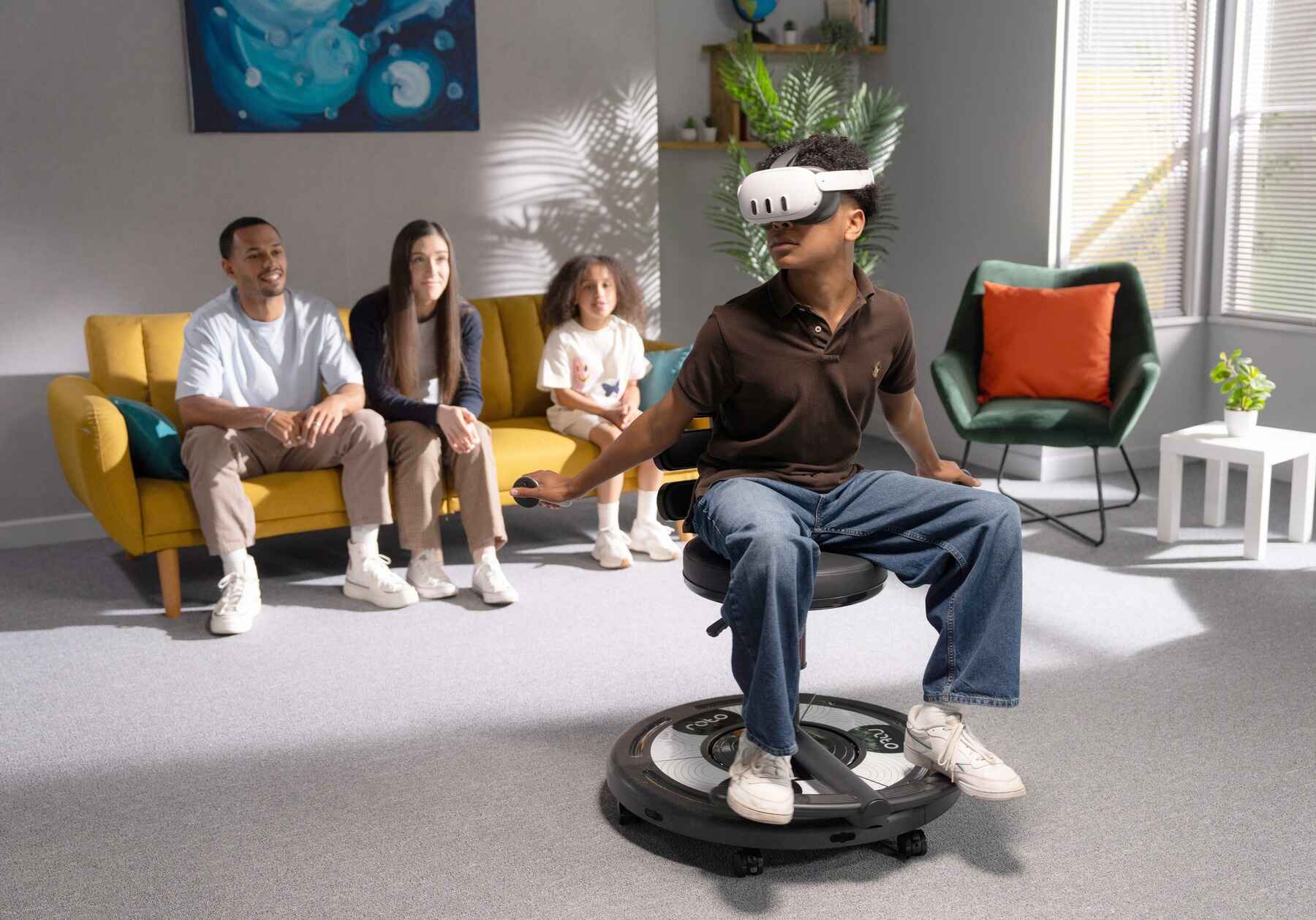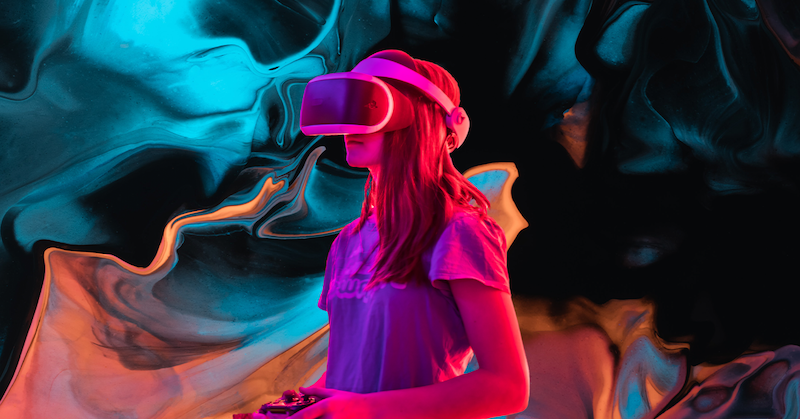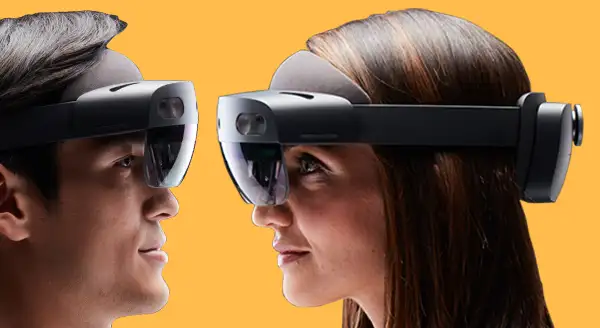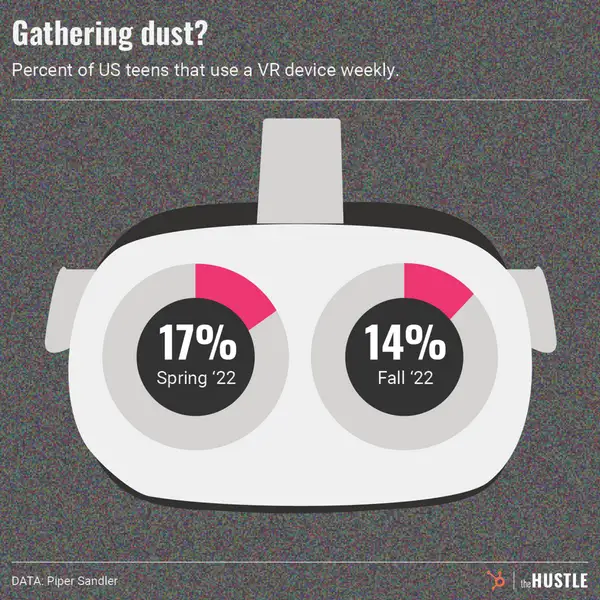We can barely even handle reality-reality and now we’ve got augmented reality, virtual reality, and mixed reality?

It all falls under one umbrella term — extended reality (XR) — but they’re all a little different. With Big Tech firms like Google, Apple, Microsoft, and Meta scrambling to launch new and better headsets, we’re here to break down what they mean.
How it works
Virtual reality (VR) is 100% virtual — you’re completely immersed in a simulated, 3D environment, typically using a headset. If you walk around too much, you might run into a very real wall.
Augmented reality (AR) environments allow you to still see the real world, but superimpose digital content on top using a phone, tablet, or headset.
For example:
- Niantic’s Pokemon Go: players see creatures through their phone’s camera overlaid on the real world
- TikTok or Snapchat filters
- SkyView: an app that helps users locate constellations and planets in the night sky
Here’s where it gets really fun
Mixed reality (MR) combines the physical and digital worlds using a headset.
For example, you might be in a virtual world, but you can physically interact with objects. Or, you might be able to see the real world but still interact with the virtual objects.
- At Dreamscape Immersive locations, players can “pet” aliens.
- See how people use Skype with Microsoft’s HoloLens.
- Check out VRScout’s breakdown of how the Meta Quest Pro’s full-color passthrough enables MR.
Why do we need this?
For fun, obviously. (Don’t tell me you didn’t enjoy walking around your neighborhood looking for Pikachu!)
But extended reality also has myriad applications in remote work, job training, and even surgery.
And now: Here’s a cover of “Virtual Insanity” done entirely in virtual reality.
Vr


